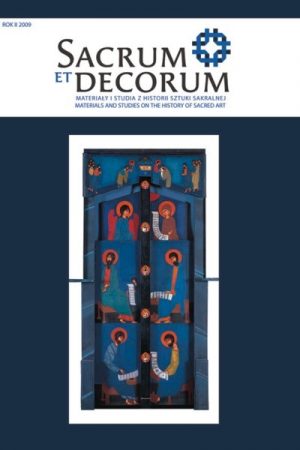The judgement of taste and the contemporary religious art
Keywords:
AESTHETIC JUDGMENT, KITSCH, RELIGIOUS ART, SOCIOLOGY OF ARTAbstract
Pierre Bourdieu argues that in modern times, every aesthetic choice is a factor of social classification. His theory demonstrates that the judgment of taste is socially constructed and at the same time itself serves to establish social distance and hierarchy. In his analysis of kitsch, however, Tomaš Kulka posits that kitsch cannot come under the judgment of taste since, by its very definition, it is devoid of 'artistic value', which is the basis of any aesthetic judgment. From the structural point of view, argues Kulka, kitsch is not art at all. Since most miraculous images worshipped by Christians are quite different from those worshipped in museums, the applicability of the judgment of taste to so-called 'religious art' should clearly be called into question. The article quotes examples from field research to argue that the factors deemed essential for judging religious images by people who use them in their religious practice suggest that their evaluation should be based on concepts such as the Gadamerian indistinguishability or Michael Taussig's mimesis rather than on modern aesthetic values.Downloads
Downloads
Published
How to Cite
Issue
Section
License
Copyright (c) 2009 Sacrum et Decorum

This work is licensed under a Creative Commons Attribution-NonCommercial-NoDerivatives 4.0 International License.
In line with the Open Access policy, authors retain full copyright to their articles – without restrictions.
Authors can deposit their articles in a repository of their choice.


